
About 1.5 million Muslims have begun the annual Hajj pilgrimage in Saudi Arabia, unperturbed by a 2015 stampede which killed more than 2,000 people.
The pilgrims face new safety measures, including tighter security and ID bracelets, in a bid to prevent a repeat of last year’s disaster.
But tens of thousands of Shia Iranians are absent because of long-running tensions with Sunni Saudi Arabia.
The pilgrimage is among the largest religious gatherings in the world.
Following preliminary rituals at the Grand Mosque in Mecca earlier this week, the pilgrims will on Saturday make their way by bus, train or on foot in soaring temperatures of 40C to Mina, about 5km (three miles) to the east.
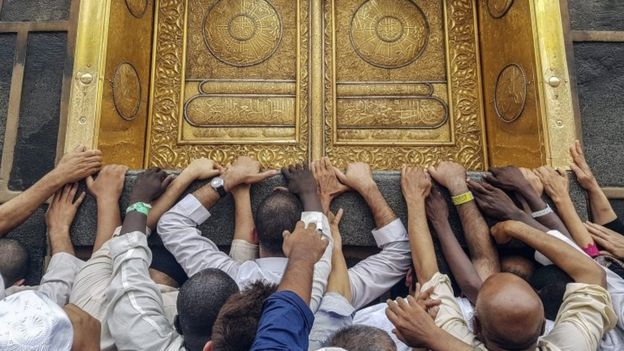
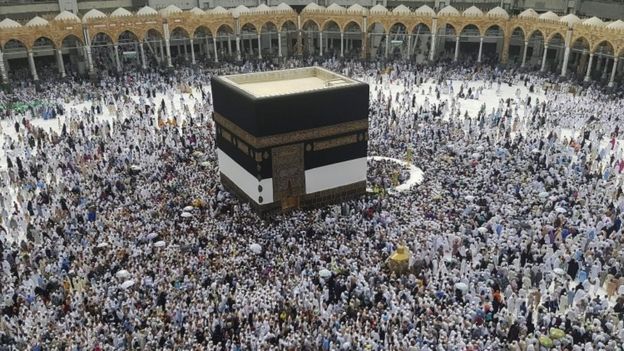
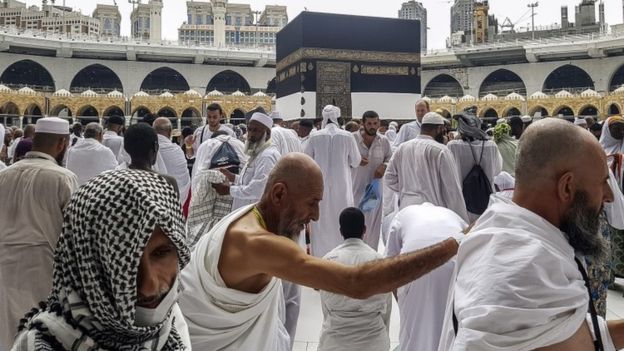
They are making the same journey as the Prophet Muhammad did about 1,400 years ago.
Saturday is the first day of the Hajj and is traditionally the time when pilgrims will water their animals and replenish water supplies.
On Sunday they will travel to Mount Arafat, several kilometres away, for what will be the main part of the pilgrimage.
A vast expanse of white fireproof tents has been pitched at Mina, to accommodate in excess of 2.5 million pilgrims.
The stampede in Mina last September is considered to be the worst disaster in Hajj history. It took place as pilgrims – many of them Iranians – were going to the Jamarat Bridge for a stoning ritual.
The ritual will start on Monday this year, officials say.
Saudi Arabia has consistently downplayed the number of casualties. It has announced an investigation but no conclusions have been released.
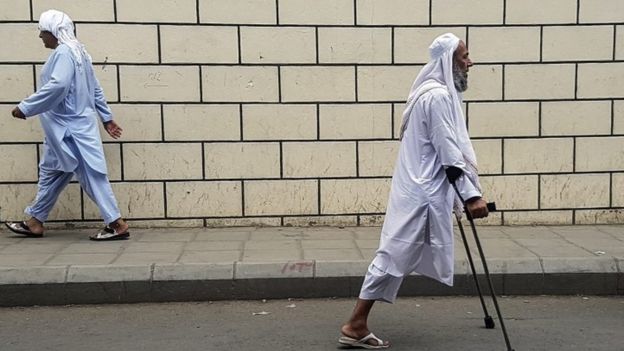
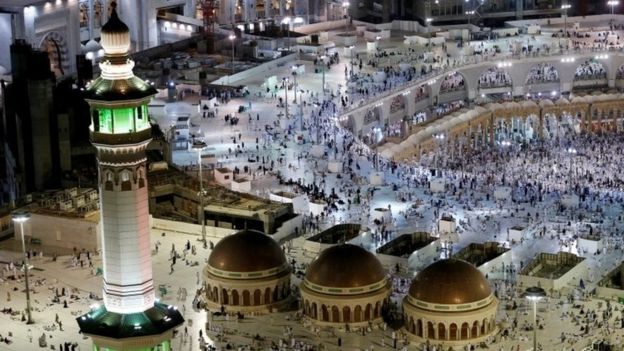
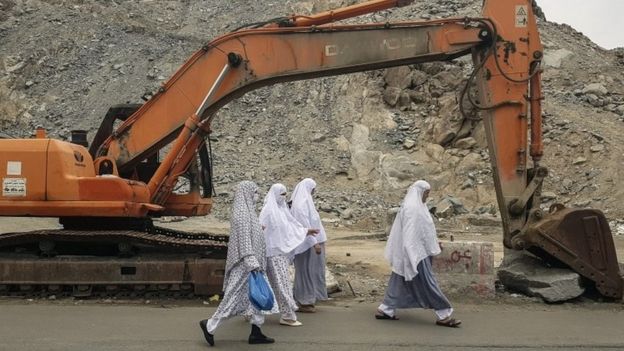
Iran is not sending any pilgrims this year, after it and Saudi Arabia failed to reach agreement over Hajj arrangements amid a diplomatic row.
Iran believes the Saudis are not doing enough to secure the safety of the pilgrims, while the Saudis accuse Iran of making unreasonable demands.
The two countries do not have diplomatic relations and are at loggerheads over a series of regional issues including the conflicts in Yemen and Syria.
The BBC’s Sally Nabil in Saudi Arabia says that security measures this year are tight, with teams of officers organising the swelling crowds and trying to prevent chaos.
In the event of another crush, electronic bracelets, have been issued to all pilgrims so that they can quickly be identified.